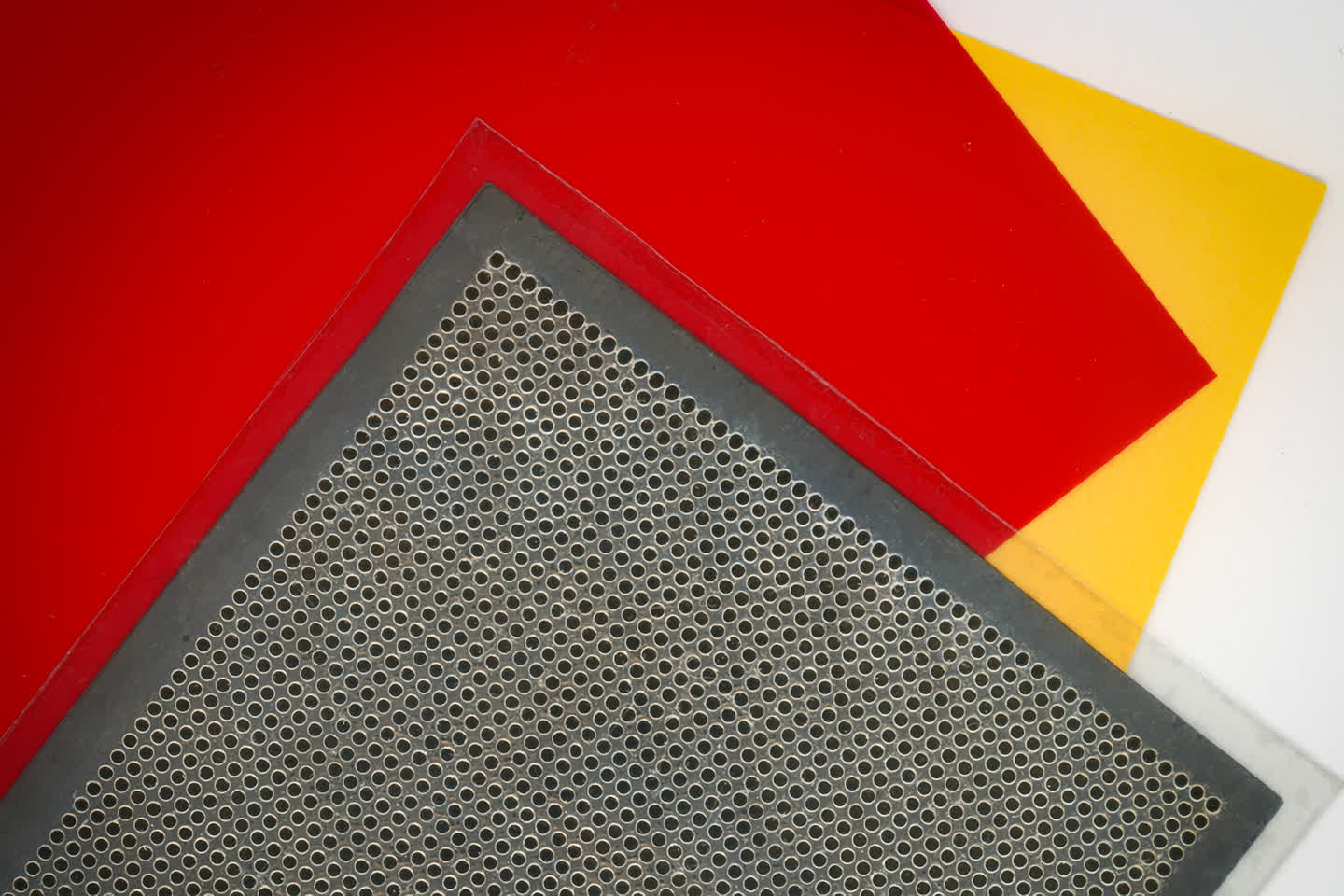What just happened? Researchers at MIT have developed an ultra-thin loudspeaker that can turn any surface into an active audio source. The lightweight speaker, which weighs roughly the same as a dime, can generate high-quality audio with minimal distortion, regardless of what surface it is bonded to.
To be clear, turning ordinary objects into speakers isn't a new idea. Devices that afford similar functionality have been around for years, but those are largely novelties with no real purpose.
A traditional loudspeaker uses electric current passed through a coil of wire to generate a magnetic field. This, in turn, moves a speaker membrane, which moves the air around it to create the sounds we hear.
As MIT highlights, most thin-film loudspeakers are freestanding because the film needs room to move to produce sound. Mounting a traditional speaker onto a surface would impede vibration and limit its ability to generate sound.
To circumvent the issue, the team created a material that uses tiny domes measuring 15 microns high (about one-sixth the thickness of a human hair) on a thin layer of piezoelectric material, each of which vibrates individually. Spacer layers provide enough clearance to allow them to vibrate freely while also protecting them from day-to-day impacts and abrasion, boosting durability.
MIT's creation is paper thin and can be scaled up to produce loudspeakers large enough to cover the inside of a vehicle or even wallpaper a room. In an airplane cockpit, for example, researchers reckon it could be used to generate sound of the same amplitude but opposite phase to cancel the unwanted sound out. In other words, active noise canceling.
"We have the ability to precisely generate mechanical motion of air by activating a physical surface that is scalable," said Vladimir Bulović, senior author of a paper on the subject. "The options of how to use this technology are limitless."
